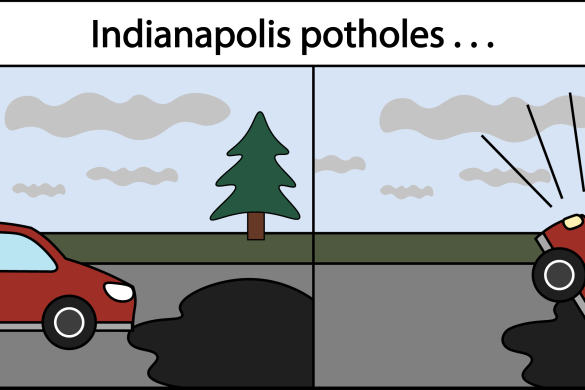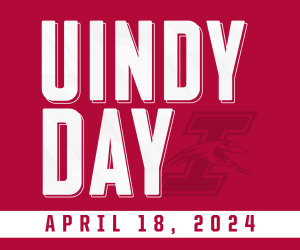One of the goals of a university like ours is to prepare us for lives as professionals, and a part of being professional is communicating professionally. A great deal of communication today is done electronically, so sending professional emails is important.
Of course, I’m not saying that you have to sound like a grown-up when you reply to your parent’s forwarded emails. You know the ones I’m talking about—12 pages long, with have way too many emoticons and a minimum of eight sappy stories. Well in that scenario, a simple, “Dad, please stop sending me these. Love, Michael,” works fine. That message is short, sweet and to the point. It is also appropriate for the intended audience.
On the other hand an email to, a professor or possible job contact should involve more than a single sentence and a familiar opening.
“From personal experience, I would say … the right greeting is important. For example … even if I know [the professor’s] first name, I want to call him Professor Wilson or Mr. or Mrs. Wilson,” said Matt Williams, Coordinator of the Community Programs Center. “You always want to err on the side of caution.”
Corey Wilson, Associate Vice President of the Professional Edge Center, also believes in a proper way to begin an email.
“I usually try to say in an email to anybody ‘good morning’ or ‘good afternoon.’ I usually try to use something to at least soften it a little bit,” Wilson said. “Usually ‘hi’ or ‘hello,’ to me, feels a little cold … I try to write emails from the standpoint given that initial greeting.”
According to Wilson, a warm greeting sets your email apart from the many others that your professor likely gets every day. In the real world, when emailing bosses, contacts, associates and other busy people, you do not want your email to be forgotten just because it was impersonal.
Careerplanning.about.com outlines what a professional email should contain. It tells readers to be mindful of things such as being concise, using words like “please” and “thank-you,” and, of course, never using textspeak in any situation whatsoever. On that note, Wilson even advises against using textspeak while texting.
“It [textspeak in texting] makes it a habit. I won’t say that I’m perfect all the time, but I try to avoid that,” Wilson said.
Careerplanning.about.com offers another tidbit that some may not consider. The “To” line should not be filled in until you have written and proofread your email several times, to make sure it meets all of the criteria of a good email. This will prevent sending an unfinished email and keep you from looking like a fool—a piece of advice I wish I had been told before I came to college.
From what I have observed, the University of Indianapolis is like a small town. As a result, we get to know our professors pretty well, sometimes even on a first-name basis. Even if you have this relationship with a professor, you should address him or her by the correct title in an email, unless given permission to do otherwise, according to Wilson.
I personally send at least a dozen emails each day to professors, contacts, bosses, the bosses of my bosses and, occasionally, real-world professionals. With so much communication today conducted via computers, we all need to learn how to email properly. Our futures may very well depend on it.






